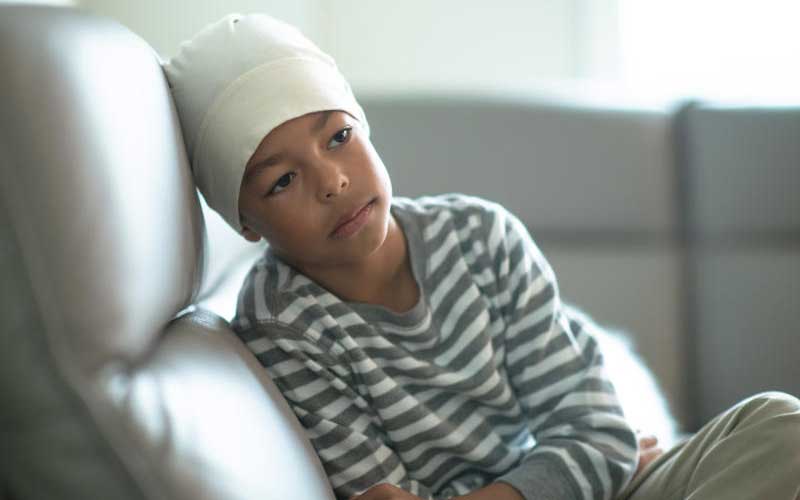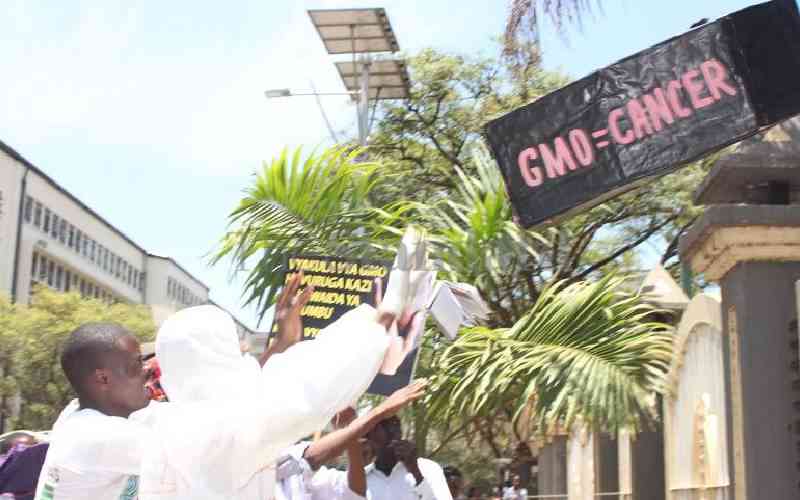
What is the most common childhood cancer you have encountered in your career?
That would be Acute Lymphoblastic Leukemia. It makes up to 30 per cent of all the cases I have treated. It’s also the most common cancer in children in Kenya and worldwide. It is a type of cancer that affects white blood cells.
I once had breast cancer and my husband has battled bone cancer. Should I be worried my children could get cancers at a young age?
Not really. More than 90 per cent of childhood cancers occur randomly. Only 5-10 per cent of childhood cancers are associated with genetic cancer predisposition syndromes like Downs syndrome, Fanconi anaemia, Beckwith Wielderman syndrome among others. These can be inherited from parents or occur as spontaneous mutations in the child.
What is the cause of childhood cancers?
We do not know of any causes for childhood cancers. But you can do well to keep away from factors that generally increase the risk of cancers. These include: Exposure to radiation, exposure to chemotherapy drugs, exposure to chemicals like benzene, viral infections like HIV and Human Papilloma Virus.
Is there any way I can prevent my child from getting childhood cancers?
Unfortunately, No. Most of childhood cancers are not associated with lifestyle and thus making it not amenable to screening and preventive measures. All childhood cancers are not preventable. The emphasis is on early detection and diagnosis and this is because most childhood cancers have no known risk factors or causes
What is the survival rate for children diagnosed with cancer in Kenya?
We don’t have accurate data but from the estimates I put it at below 20 per cent. Some research suggests anything between 19 to 30 per cent.
For kids who have no hope for recovery, Is there palliative care for children in Kenya?
Yes, it is available, but there are very few health workers trained on pediatric palliative care.
What can I expect as my child goes through chemotherapy?
Side effects of chemotherapy can be immediate (experienced as treatment is being offered), delayed (within a few days) and long term (realised over several years). Most of the immediate and delayed side effects are managed with supportive measures and commonly include nausea, vomiting, sores in the mouth, loss of appetite and fatigue. Long term effects are experienced in the major organs of the body like the heart and kidneys. Most treatment protocols are now designed to have sufficient intensity to cure the cancer but minimise the long term side effects. Oncologists, however, follow most patients for more than 10 years to be able to monitor for these side effects in the survivorship clinics.
My child had lymphoma and was declared cancer free. Does she have to get checks as she grows up?
Yes. This is important to monitor for the effects of the treatment on the various organs of the child.
What are some of the warning signs parents can look for in their children?
Symptoms and signs of common childhood illnesses and cancer are similar. It therefore requires that parents and health care workers have a high index of suspicion when these symptoms persist despite adequate treatment.
For acute leukemia: Persistent fever, easy bruising, bleeding tendencies, bone or joint pains
For brain tumors: Persistent early morning headaches, vomiting, new squints, weakness of the body
For lymphomas: Lumps or swelling
For kidney tumors: Abdominal swelling, passing bloody urine
For bone and soft tissue tumors: Bone/muscle swelling or pain.
For eye cancer: A white glow in the eye.
Are there any particular ages that see a high incidence of childhood cancers?
This varies with each cancer. But in general the peak age is between 4-8 years
Dr Doreen Karimi Mutua is a pediatric oncologist at Gertrude’s Children’s Hospital
 The Standard Group Plc is a multi-media organization with investments in media platforms spanning newspaper print
operations, television, radio broadcasting, digital and online services. The Standard Group is recognized as a
leading multi-media house in Kenya with a key influence in matters of national and international interest.
The Standard Group Plc is a multi-media organization with investments in media platforms spanning newspaper print
operations, television, radio broadcasting, digital and online services. The Standard Group is recognized as a
leading multi-media house in Kenya with a key influence in matters of national and international interest.











